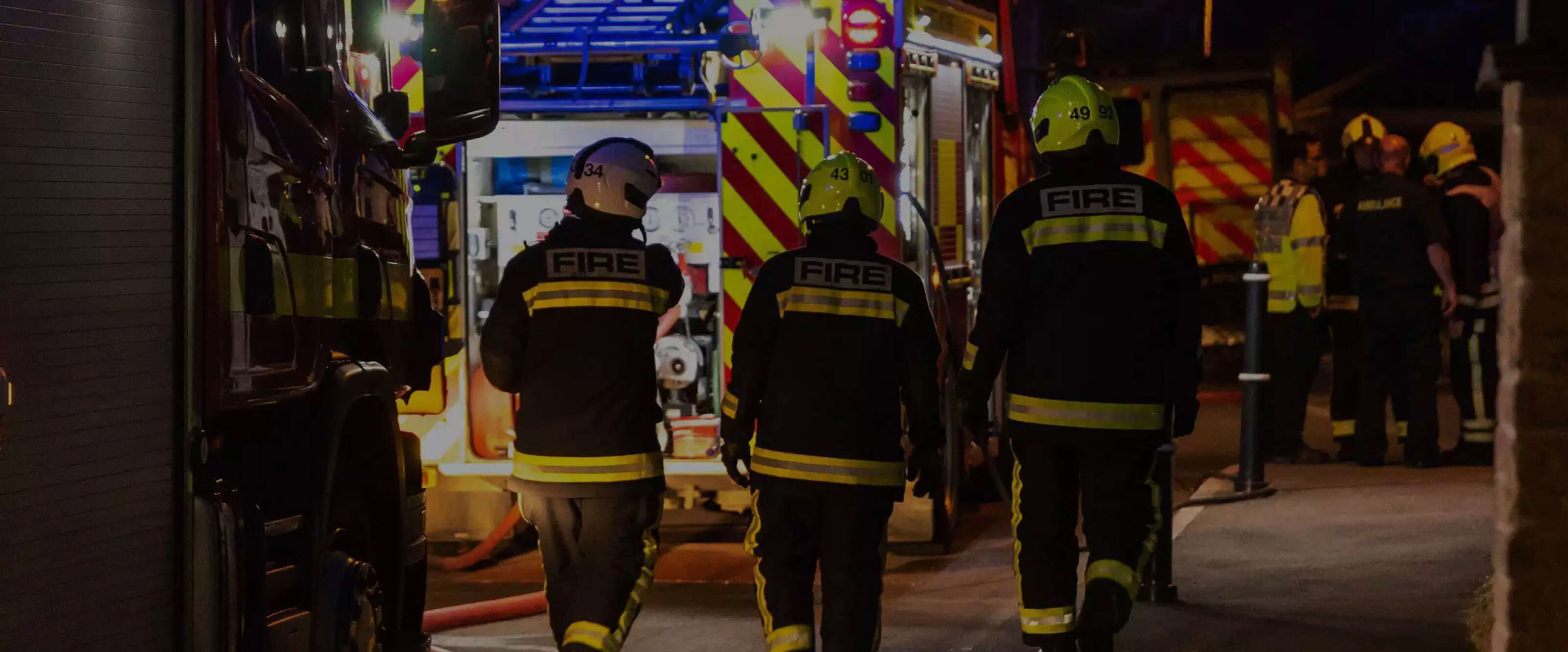A Fatal Mistake. A Needless Death. An Electrifying Warning.
In 2017, 40-year-old Sandu Laurentiu-Sava died after being electrocuted while taking a shower in a flat above the car wash where he worked in Bethnal Green, London. This was due to the fact that someone had, unknown to him, tampered with the electricity meter and wiring.
He wasn’t doing anything dangerous. He just turned on the shower, unaware that the building’s power supply had been illegally bypassed to avoid energy bills.
The consequences were devastating.
This wasn’t a freak accident. It was a preventable case of electricity meter tampering, one that cost a man his life and left a lasting mark on everyone involved.
My London News – “Cricklewood car wash owner jailed”

Case Details: What Really Happened in Bethnal Green?
Sandu lived with five other men in a small, damp flat above a car wash business. The shower had caused minor shocks before, but nobody had realised just how unsafe the wiring had become and no action was taken.
One night, Sandu stepped into the shower and suffered a fatal electric shock. He later died in hospital.
The investigation revealed that the electricity meter had been illegally bypassed, with vital safety protections no longer in place
The shower had no earth connection.
The fuses had been tampered with.
The building was effectively live.
Evening Standard – “Boss jailed after worker electrocuted in shower”
Legal Implications: Who Was Responsible?
Shaip Nimani, the owner of both the business and the building, was found directly responsible for Sandu’s death. The court heard that he had bypassed the electricity meter - 'a deliberate act which, along with a lack of an earth connection, resulted in this fatal incident'
This wasn’t a single bad decision. It was a series of cost-cutting choices that created a dangerous environment and ultimately ended a man’s life.
Nimani was convicted of manslaughter by gross negligence and theft of electricity. He received a four-year prison sentence, was fined £20,000, and ordered to pay £20,000 in compensation to Sandu’s family.
He was also banned from acting as a company director for 10 years.
Read more about the penalties for stealing electricity
Safety Violations: What Are the Dangers of Meter Tampering?
Electricity meters are connected to built-in safety features within any property - breakers, fuses, earth wires - these are designed to protect us from electric shocks and fire.
Tampering can remove those defences. It can leave appliances live, showers and taps electrified, and fuses bypassed leave no protection system in place. In Sandu’s case, water became an electrical conductor, and the bathroom became a death trap.


This wasn’t just a technical failure, it was a clear case of electrocution due to poor and dangerous wiring, including tampered fuses, a missing earth connection as well as an illegally bypassed electricity meter.
Learn more about electricity meters — and what can go wrong
Kimmy the Sparks on Meter Tampering
To see just how dangerous meter tampering really is, watch this video from electrician and safety advocate Kimmy the Sparks.
She breaks down how tampering happens, the warning signs, and why it’s so risky, especially in shared or rented spaces.
▶️ Watch: Kimmy the Sparks – Why Energy Theft is a Fire Risk
“It might look like someone’s just fiddled with the wires. But behind the scenes? You could be dealing with a ticking time bomb.” - Kimmy the Sparks
Broader Impact: Who Else is Put at Risk?
When someone tampers with a meter, it puts everyone nearby at risk, especially in shared buildings or customer-facing spaces.
Sandu lived above a business where tampered wiring posed a threat to workers, tenants, and anyone visiting the site. This risk is just as real in flats, shops, restaurants and warehouses. It’s not just tampered wiring that can be dangerous, any fault in the wiring, deliberate or accidental, carries risks.
These risks are especially serious in workplaces where staff may live on site or rely on specific electrical systems and equipment for their work. It’s a stark reminder of the importance of workplace electrical safety, not just for compliance, but to protect lives.
When tampering is discovered, insurance often won’t pay out. Even if no one is hurt, the financial, legal and reputational impact can be huge.
Preventative Measures: What Can You do to Stay Safe?
We all get used to small faults - flickering lights, plugs that buzz, strange smells from a socket. But those could be the first signs of something much more serious.
Electricity theft can be difficult to spot, as in most cases you will need to have access to the meter to be able to spot signs that it has been tampered with. These could include loose or unusual wiring, sparks coming from the meter or scorches on the meter itself. You can find more detailed information in our comprehensive guide.
If something doesn't look right and you think it could be unsafe, but you don't suspect energy theft, then you may need to report it to somebody else.
- If it's your own home then then tell your landlord or contact a qualified electrician.
- If it's somebody else's home, tell the occupier or owner if you feel it is safe to do so.
- If the landlord or property owner fails to resolve the safety issue, you can contact your local council's environmental health department.
- If it is a workplace or business, then report it to your employer or the manager, if you think they have failed to address the issues, and it is still unsafe, you can report it to the Health and Safety Executive (HSE).
If anything makes you uneasy, and you suspect energy theft is taking place, trust your instincts. You don’t need proof. You don’t need to confront anyone.
Just call us on 0800 023 2777, or complete our simple online form. It’s quick, your anonymity is guaranteed, and it could save a life.

